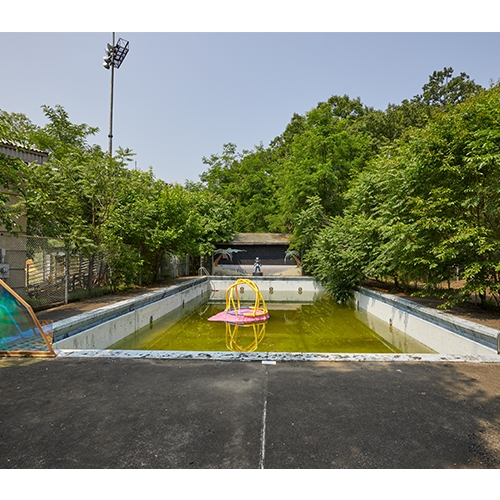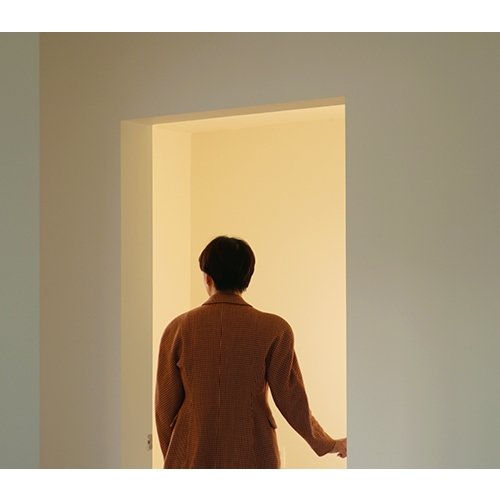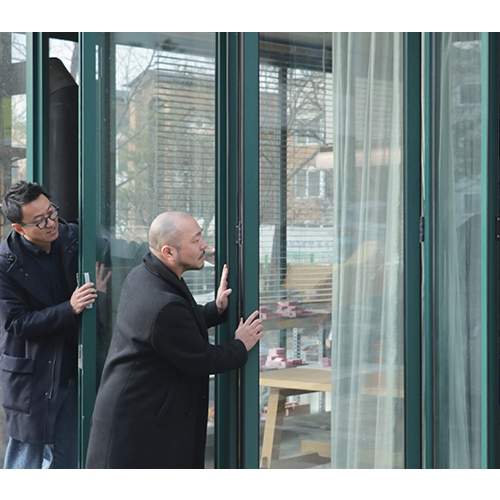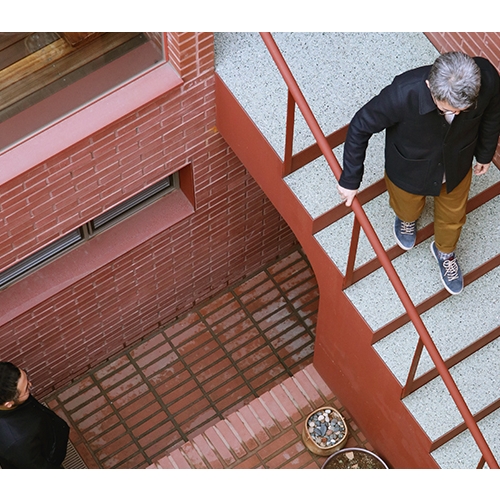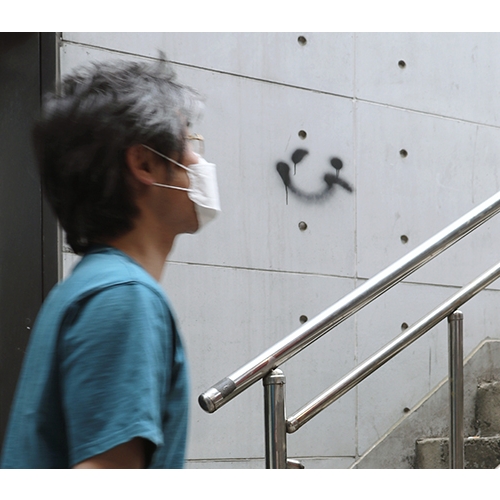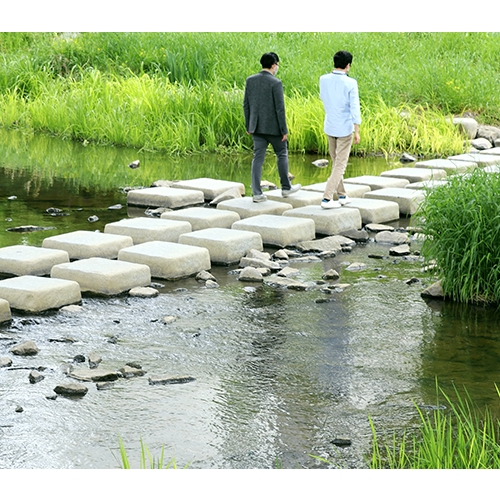ʻI am an Architectʼ was planned to meet young architects who seek their own architecture in a variety of materials and methods. What do they like, explore, and worry about? SPACE is going to discover individual characteristics of them rather than group them into a single category. The relay interview continues when the architect who participated in the conversation calls another architect in the next turn.
interview Kim Sara co-principal, Diagonal Thoughts ¡¿ Kim Yeram
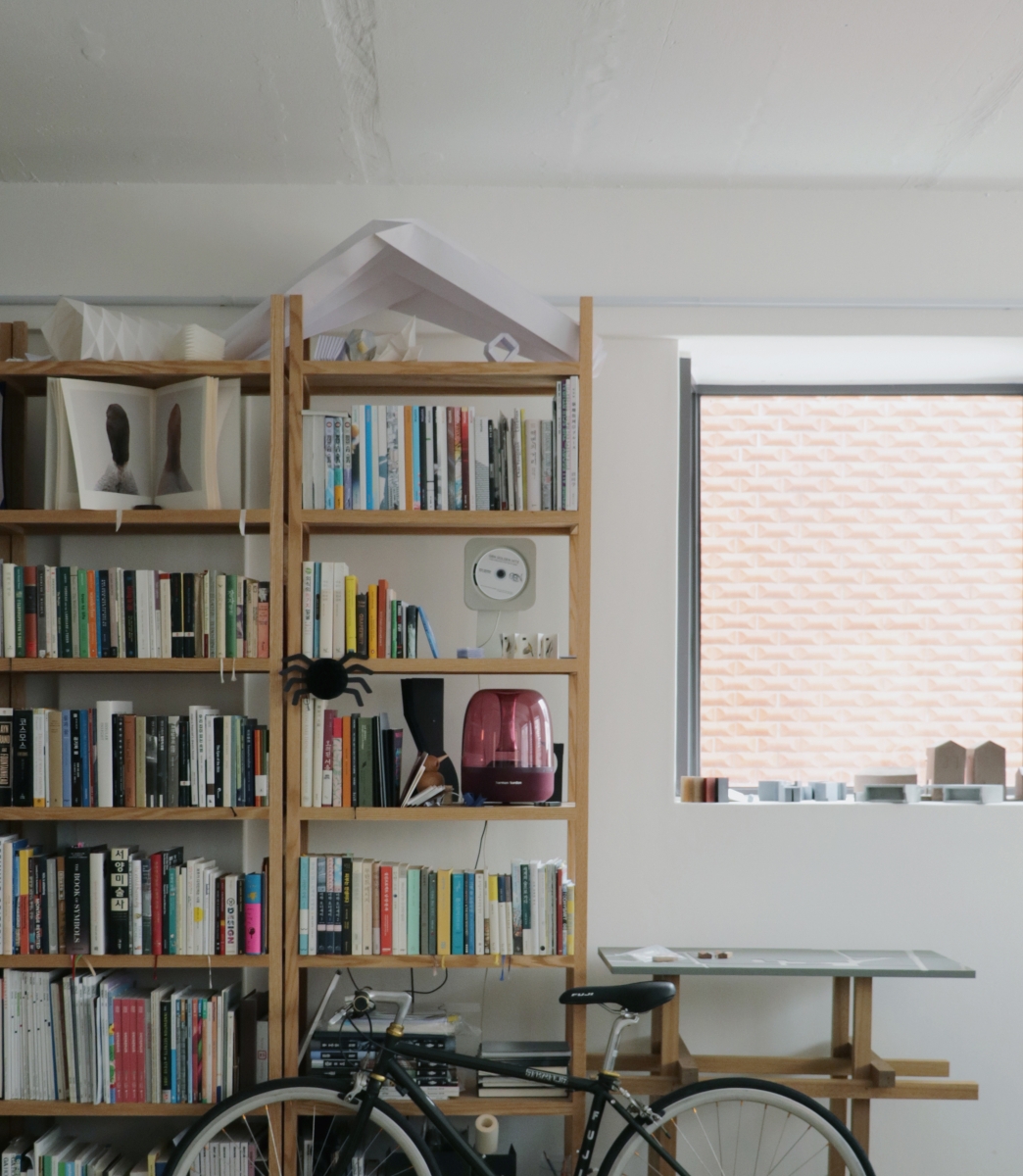
I Live by the Gyeongui Line Forest Park
Kim Yeram: The office looks nice.
Kim Sara: It was quite messy because I usually work on some models, but I cleared everything away when you said you would be coming by for our interview.
Kim Yeram: I heard that you did an interior design when you moved from Hyochang-dong to Sinsu-dong.
Kim Sara: It wasn¡¯t a big construction. I asked to knock out the partition walls, did some of the painting and wiring work. I think I paid more attention to the furniture than to the space. Even when you move to a new place, you can take your furniture with you. (laugh)
Kim Yeram: The office is also well-located. There is a park in just a few steps away.
Kim Sara: I think I spent almost six months doing the legwork required to find the right place. I looked for an office space near Yongsan to get closer to the workplace. Fortunately, I got this space, which is only two stops by subway from my former office.
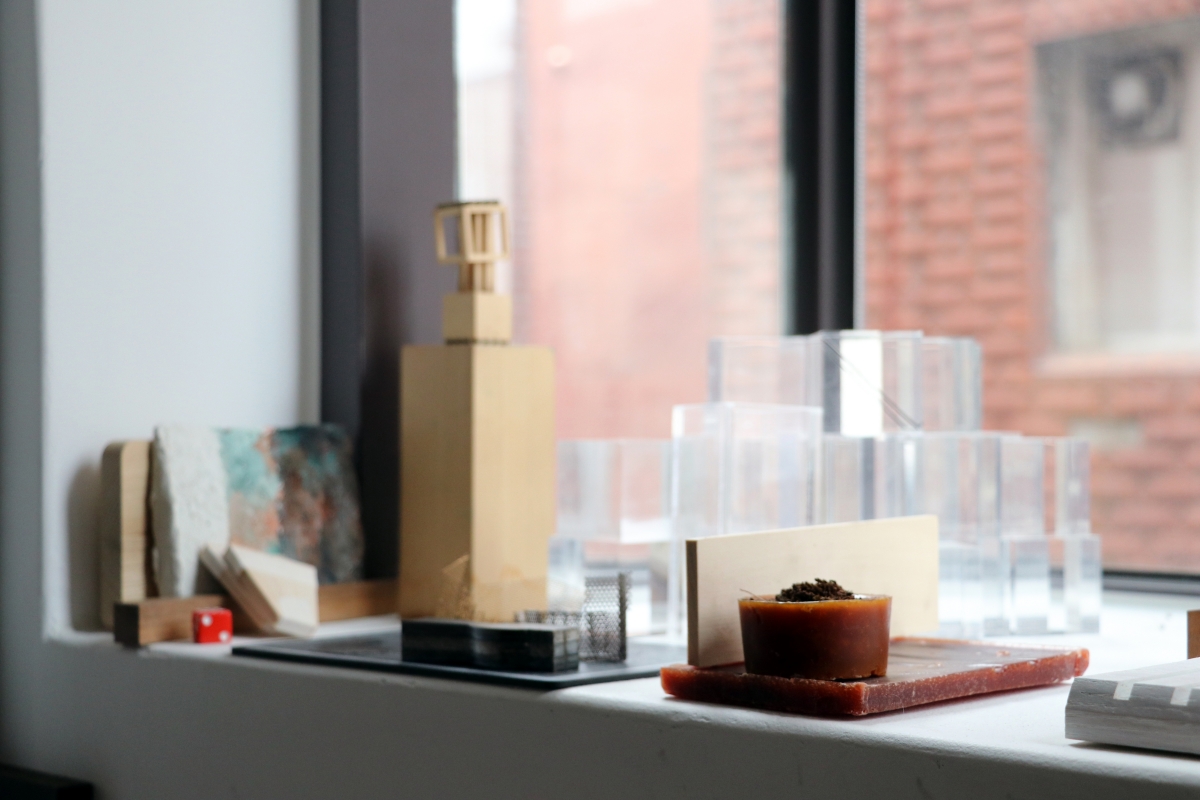
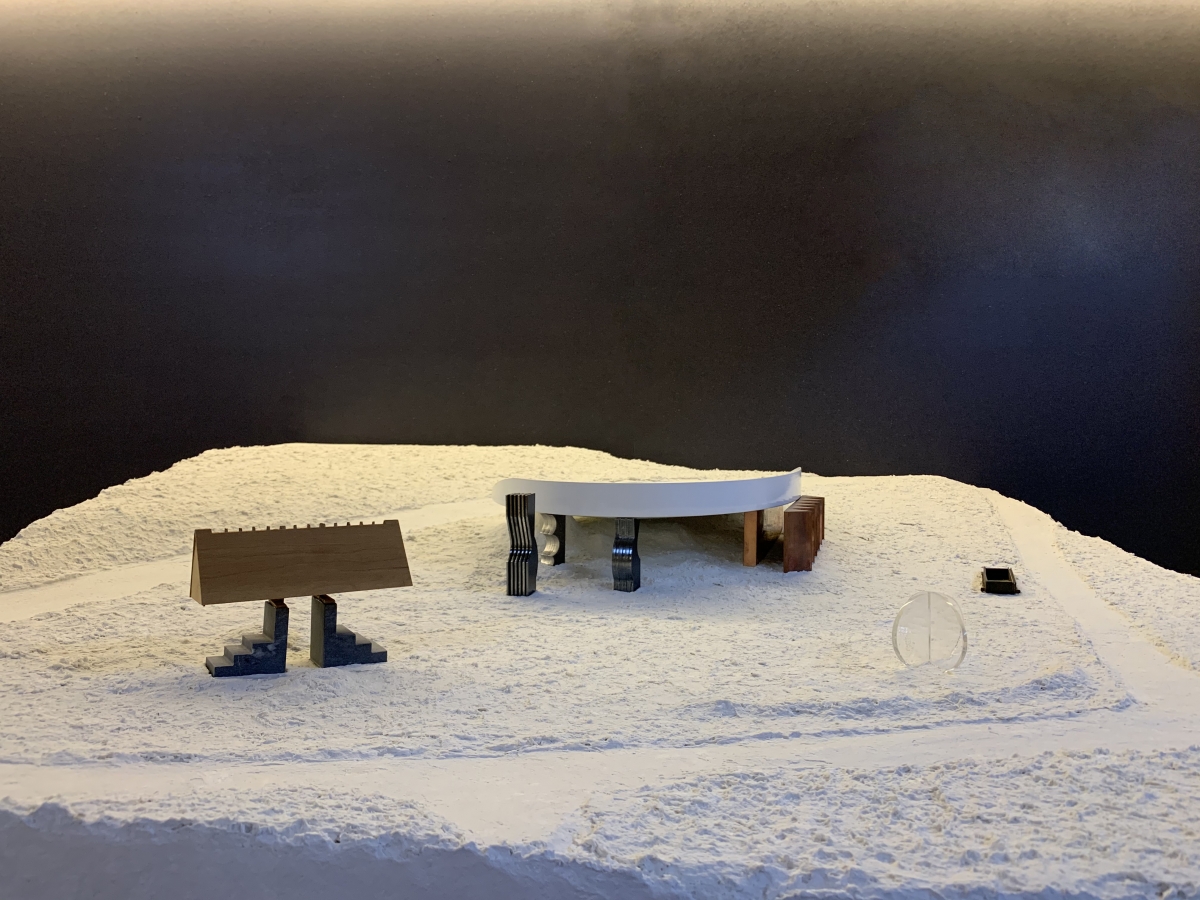
It¡¯s Called Diagonal Thoughts
Kim Yeram: Do you consider yourself to have become independent at an early stage?
Kim Sara: I became independent after working for 5 ‒ 6 years, and I guess that could be considered early than my fellow workers in previous firm.
Kim Yeram: Were you nervous when you opened this office by yourself?
Kim Sara: It was not afraid than I expected. When there was no shield, a strong headwind blew even harder. (laugh)
Kim Yeram: When you opened the office, did you receive your orders right away?
Kim Sara: I worked in an office until the 31st of December, 2013. I did not open my office right away, but I began teaching at Hongik University. I wanted to take some time to rethink what I had forgotten for a while, and luckily I had a chance to go back to school, looking back on what I had studied. In the fall of 2014, I had an opportunity to give a lecture at Aarhus School of Architecture and the University of Hawaii in Manoa.
Kim Yeram: While teaching students, did you also work on your own design projects?
Kim Sara: I participated in the International Competition for the Rehabilitating Mapo Oil Depot into a Cultural Depot Park. Kang Woohyun and Kang Youngjin, the co-principals of Archihood W¡¿Y who opened their office at a similar time, worked together.
Kim Yeram: Architect Lee Dami, the interviewee in the last relay interview, also became independent, with the Seoul Museum of Craft Art Design Competition (2016) as his motivating force. I still think that competitions can have a significant impact on architects who are writing a new page in their careers.
Kim Sara: I actually participated in the competition so as to preserve my individual design sense rather than elaborating a particular meaning. Even now, I don¡¯t really participate in design competitions unless as part of a nomination process or invited design competition.
Kim Yeram: In 2015, when your office was working on ¡®Shared Roof House¡¯, co-principal Kang Sojin joined your office. Did you decide on the name of the office together at that time as well?
Kim Sara: The name of the office was already existed. While making a business card in 2014, I had spent two weeks thinking about what name to use, shortlisted a few possible candidates, and asked Kang what she preferred. But when I think about it now, it seems very funny. Selecting a name together, when you don¡¯t know if you will be joining the office next month, or even two years later. (laugh)
Kim Yeram: It seems as if it was quite the challenge to decide on the name, but there were many instances of others spelling Diagonal Thoughts incorrectly. What was the most absurd mispelling?
Kim Sara: One time I pre-registered for an architectural fair, and our office was written as ¡®Digital Diamond¡¯. That was the most ridiculous! What¡¯s interesting we can tell from the way others pronounce our name where they study from. When they say ¡®di-a-go-nal tho-ught¡¯, they are from the UK, and when they say ¡®dai-ae-gonal thou-ght¡¯, they are from the US. (laugh)
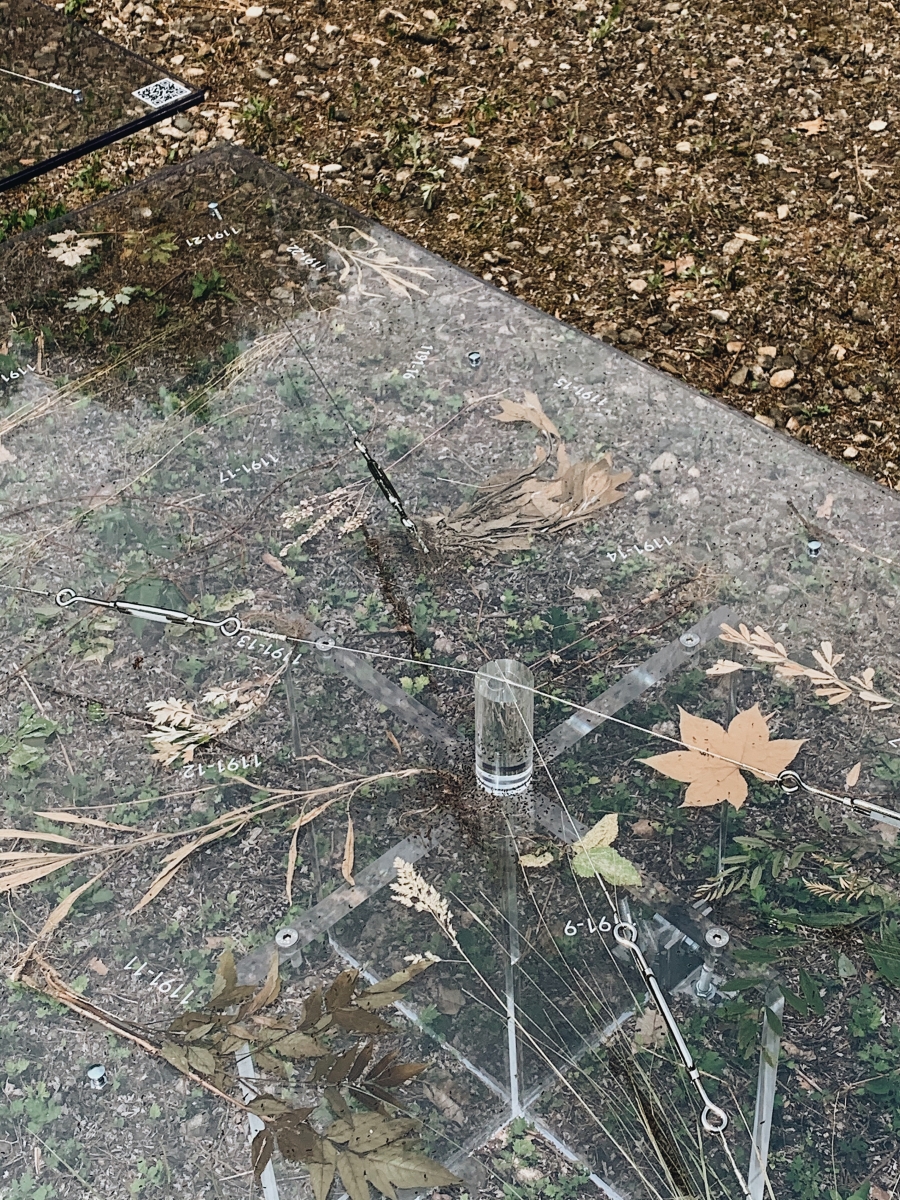
¨ÏKim Yeram
Looking at the Inner Edges
Kim Yeram: When you were teaching students did it remind you of the old days?
Kim Sara: It often reminded me of my graduate school classes. Two subjects remain in my memory the most. One is the seminar-type of class that you can take regardless of your major. Like ¡®Core Sample¡¯, in which you check the conditions of the terrain by drilling through the stratum, it offers the time to explore the inner side of life while looking back on past life. Although it was not a programme for healing or studying the mind, quite a few friends ending up crying during the class. The curriculum guided each student to taking some time off to dig deep into themselves, to write and draw something, and then develop the result. At that time, I thought the class was nonsense, but over time, I feel like it was actually really decent.
Kim Yeram: I would like to know about your other memorable class.Kim Sara: ¡®Hybrid Construction¡¯ and ¡®Disremember to Unforget¡¯ led by Pablo Castro, the principal of Obra Architects. It was an architectural studio that implied ¡®not remembering to not forget¡¯, and it covered a lot of abstract concepts but very realistic content. When I was in graduate school, I was struggling to find out who I was, and those two classes strengthen my inner life a great deal.
Can you be Generous about the Results?
Kim Yeram: When you are reminded of your previous works, is it sometimes embarrassing and shameful? How do you deal with such moments or feelings?
Kim Sara: In our case, we tend to hate the results as we get closer to the end of the project. (laugh) It¡¯s kind of endemic, and whenever photographer Park Swan shoots our projects, he always says, ¡®please stop hating your work¡¯. I hate this because of this and that because of that, but once the project is completed, it gets better and better as time passes. When you step away from your work, the parts that are more accomplished come into view.
Kim Yeram: You¡¯ve created a video work and participated in the exhibition ʻOlympic Effect: Korean Architecture and Design from 1980s to 1990sʼ that is currently on show at the National Museum of Modern and Contemporary Art Gwacheon (MMCA Gwacheon). Are you satisfied with this work?
Kim Sara: I was actually very hesitant when I was asked to participate in the exhibition. The museum requested that we look into the Seoul 1988 Summer Olympics from a meta-perspective, but it felt like we were given a mission was too big. I doubted this approach, thinking ¡®the data produced by the Olympics must be extremely large, and how many visitors would understand the contents?¡¯ Following this train of thought, I thought, ¡®if we manage to make a strong impression on people by visual informations with form, they will be able to take that visual information with themselves unconsciously, without noticing¡¯.
Kim Yeram: That¡¯s why an effect of reverse play was applied to 2 0 2 0 1 9 8 1: Behind the Scene (2020).
Kim Sara: On YouTube, the video ends while running in the reverse direction, but in the exhibition hall, the work is repeatedly played back and forth. There¡¯s no order in visual memories, so I mixed the sequences. Through this video of an unclear sequence, I wanted the audience to be able to go back and forth in time and space.

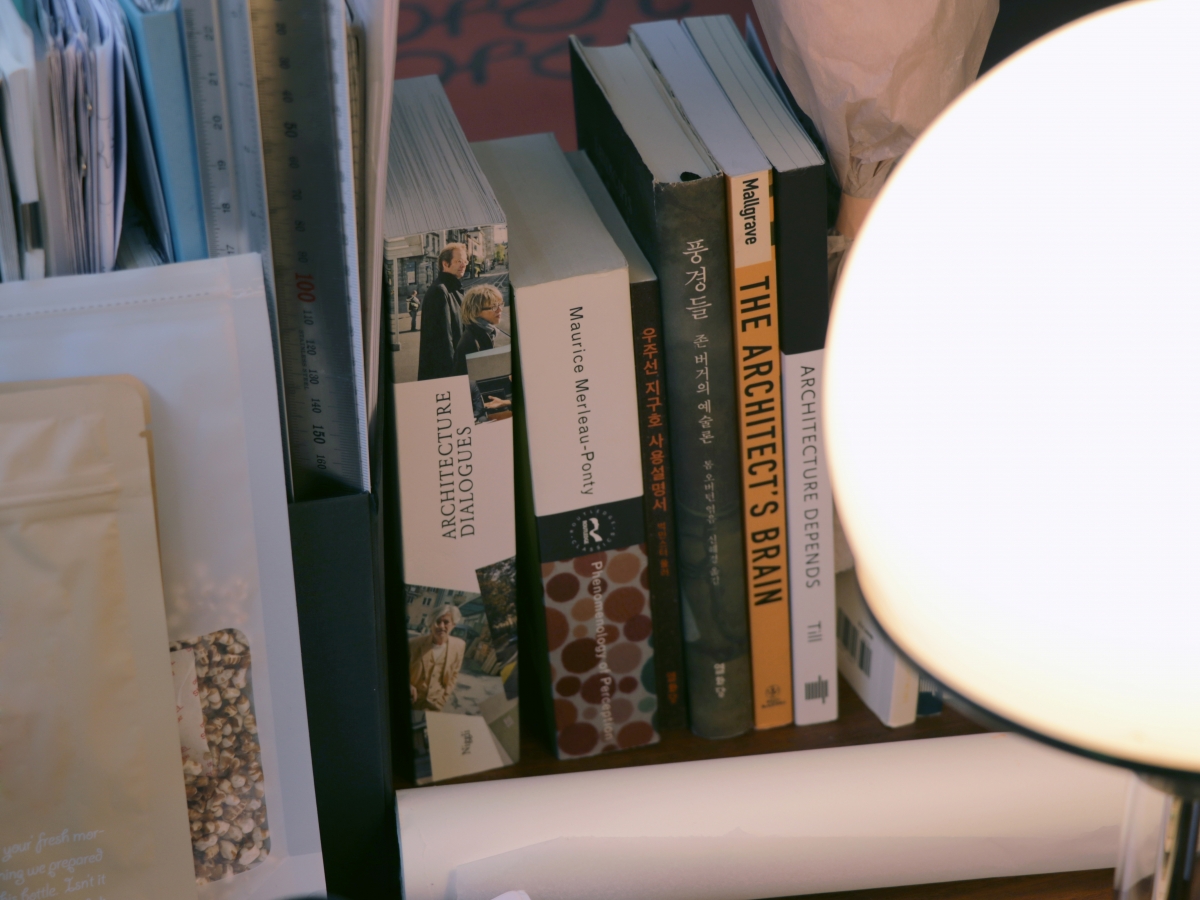
Brooding over the Words
Kim Yeram: You also participated in the pavilion exhibition entitled ʻMMCA Gwacheon Project 2020ʼ held in the same place. The title of your work was very unique.
Kim Sara: This exhibition introduces the finalists for a design competition that aims at creating a pavilion in the front yard of the museum. We presented a work entitled WTDSSD Wou-wong, Tang-tang, Ddu-du-le-lek, Shu-uk, Sshu-ah-ahk, Dda-dak (2020),
which literally took dictation of the sounds made when processing the materials of the pavilion. At the time of the final presentation, I announced to skip the title of the work, and no one asked ¡®why didn¡¯t you read the title of the work?¡¯ or ʻwhat¡¯s the meaning of your work?¡¯ The result was, as you already know, unsuccessful. (laugh)
Kim Yeram: You were serious about naming this work. (laugh)
Kim Sara: I pay great attention to naming. I think I am at my most excited when I get to name the work. The moment you title something, you feel as if you have created a kind of an outlook.
Kim Yeram: When you work on something, you seem to hold not only onto words, but also onto senses and memories.
Kim Sara: I think it¡¯s because most of my work originates from the text. I frequently read books to collect text. Whenever I find a part that inspires me, I immediately underline it and take notes. I also use tildes, square brackets, and parentheses. Then, when I work on something, I take out the text again to remind me of my earlier thoughts.
Kim Yeram: Architect Lee Dami said she enjoys reading your feed on books occasionally uploaded to Instagram.
Kim Sara: I feel very thankful to this kind of comment. Actually, I¡¯m not a heavy reader of architectural books, and I rarely read the ones written in our era having so much volatility. (laugh)
Kim Yeram: Is there any service to which you have recently subscribed?
Kim Sara: I sometimes get into a weird drama
on television. Not long ago, I really enjoyed watching The Queen¡¯s Gambit (2020) on Netflix. I watched one episode by accident, but I ended up binge-watching the entire season. Whenever I watch something like that, I have to finish it in a single sitting.
Pondering Now With the Future in Mind
Kim Yeram: When you sit for a long time working on a design, you feel like your thoughts are idling. Other than in books or dramas, do you have any other methods of refreshing your senses?
Kim Sara: I used to refresh my mind, body and soul by riding a bicycle, but after I opened the office I hardly ride at all. These days, I walk anywhere whenever I can¡¯t think straight or I need some time to figure things out. Even if I ponder same problem again and again, as long as I think about it while walking a solution will strangely come to my mind.
Kim Yeram: What are the matters that occupy your thoughts the most these days?
Kim Sara: For the past six years, I was obsessed by the question ¡®what kind of subjects would this organization discuss?¡¯ If I don¡¯t think about these matters ahead of time, I feel very strongly as if I won¡¯t have a chance to think about them in five or ten years. Nowadays, I contemplate ¡®how to build a healthy organisation, and manage to do jobs one by one?¡¯
Kim Sara, our interviewee, wants to be shared some stories from Kwon Kyungmin and Park Cheonkang (co-principals, HAPSA) in March issue.
not just confining their work scope to physical construction.






